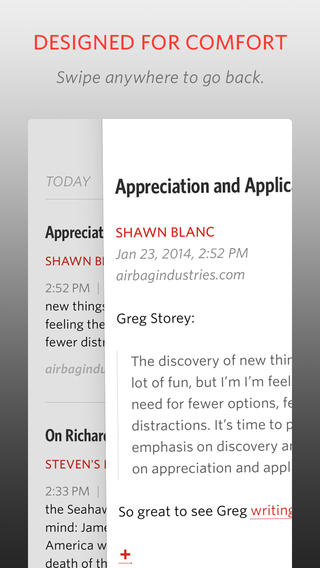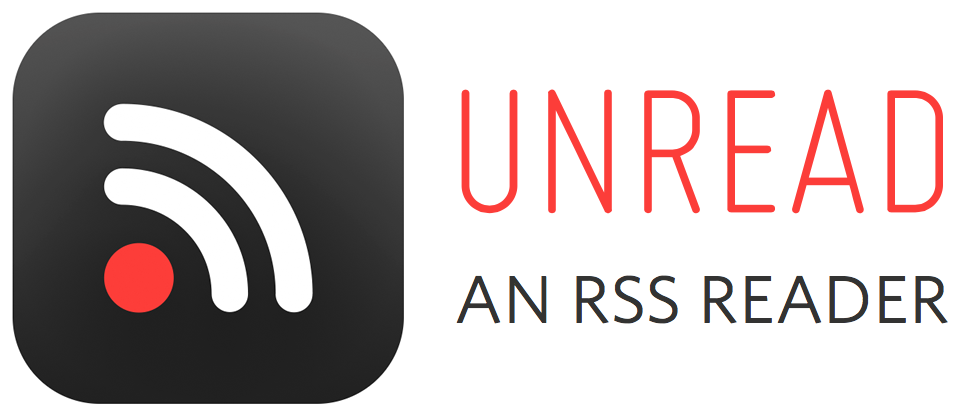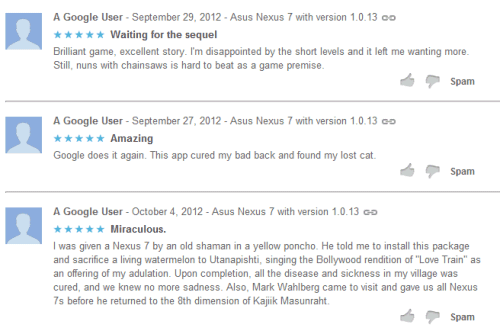Jay Rosen wrote a insightful post forking the practice of journalism into “politics: none” (that is, traditional American journalism: objective, it thinks) and “politics: some” (that is, the kind just practiced by Glenn Greenwald and the Guardian). Jay catalogs the presumptions and advantages of each. As both he and The New York Times’ Margaret Sullivan observe, Edward Snowden took his leaks to Greenwald and the Guardian because they exemplify “politics: some.”
I want to take this farther and argue first that what Greenwald and the Guardian were practicing was less politics than advocacy, and second that all journalism is advocacy (or is it journalism?).
To the first point: Greenwald and the Guardian were not bolstering their own politics in the NSA story. To the contrary, Greenwald and the Guardian both identify politically as liberal — the Guardian’s mission is to be nothing less than “the world’s leading liberal voice” — yet they attacked programs run and justified by a liberal American administration and no doubt caused that administration discomfort or worse. In so doing, Greenwald and the Guardian exhibited the highest value of journalism: intellectual honesty. That does not mean they were unbiased. It means they were willing to do damage to their political side in the name of truth. Greenwald and the Guardian were practicing advocacy not for politics — not for their team — but for principles: protection of privacy, government transparency and accountability, the balance of powers, and the public’s right to know.
Now to my second point: Seen this way, isn’t all journalism properly advocacy? And isn’t advocacy on behalf of principles and the public the true test of journalism? The choices we make about what to cover and how we cover it and what the public needs to know are acts of advocacy on the public’s behalf. Don’t we believe that we act in their interest? As James Carey said: “The god term of journalism — the be-all and end-all, the term without which the enterprise fails to make sense, is the public.”
When the Washington Post — whose former editor famously refused to vote to uphold his vision of Jay’s “politics: none” ethic — chooses to report on government secrecy or on abuse of veterans at a government hospital or, of course, on presidential malfeasance and coverups, it is, of course, advocating. When an editor assigns reporters to expose a consumer scam or Wall Street fraud or misappropriation of government funds, that’s advocacy. When a newspaper takes on the cause of the poor, the disadvantaged, the abused, the forgotten, or just the little guy against The Man, that’s advocacy. When health reporters tell you how to avoid cancer or even lose weight, that’s advocacy on your behalf. I might even argue that a critic reviewing a movie to save you from wasting your money on a turkey could be advocacy (though we don’t necessarily need critics for that anymore).
But what about a TV station sending a crew or a helicopter to give us video of the fire du jour, a tragic accident with no lesson to be learned? Is that advocacy? No. When a TV network — not to pick on TV — devotes hours and hours to the salacious details of, say, the Jodi Arias crime, which affects none of our lives, is that advocacy? No. When an online site collects pictures of cute cats, is that advocacy? Hardly. When a newspaper devotes resources to covering football games, is that advocacy? No. Is any of that journalism? Under the test I put forth here, no.
So what is it then, the stuff we call journalism that doesn’t advocate for people or principles, that doesn’t serve the public need? At worst, it’s exploitation — audience- or sales- or click- or ratings-bait — at best it’s entertainment. The first is pejorative, the second need not be, as entertainment — whether a journalistic narrative or a book or a show or movie — can still inform and enlighten. But if it doesn’t carry information that people can use to better organize their lives or their society, I’d say it fails the journalism test.
Journalism-as-advocacy has been bundled with journalism-as-entertainment for economic reasons: Entertainment can draw people to a media entity and help subsidize the cost of its journalism. But it was a mistake to then put an umbrella over it all: If a newspaper creates journalism then everything its journalists create in that newspaper is journalism, right? No. The corollary: People who are not journalists can do journalism. It’s a function of the value delivered, not the job title. (I’ll write another post later looking a pricing paradox embedded in this split.)
Why does what seems like definitional hair-splitting matter? Because when a whistleblower knocks on your door, you must decide not whose side you’re on but whom and what principles you serve. This is a way to recast the specific argument journalists are having now about whether Snowden is a hero or a traitor. Wrong question. As a journalistic organization, the Guardian had to ask whether the public had a right to the information Snowden carried, no matter which side it benefitted (so long as the public’s interests — in terms of security — were not harmed).
The next issue for the Guardian was whether and how it adds journalistic value. That is, of course, another journalistic test. Edward Snowden, like Wikileaks, delivered a bunch of raw and secret documents. In both cases, news organization added value by (1) using judgment to redact what could be harmful, (2) bringing audience to the revelation, and most important, (3) adding reporting to this raw information to verify and explain.
Based on his Q&A with the Guardian audience, I’d say that Snowden is proving to be big on rhetoric and perhaps guts but less so on specifics. I still am not clear how much direct operational knowledge he has or whether he — like Bradley Manning — simply had access to documents. So more reporting was and still is necessary. This Associated Press story is a good example of taking time to add reporting, context, and explanation to Snowden’s still-unclear and still-debated documents.
Both these organizations made their decisions about what to reveal and what to report based on their belief that we have a right and need to know. That’s journalism. That’s advocacy.








